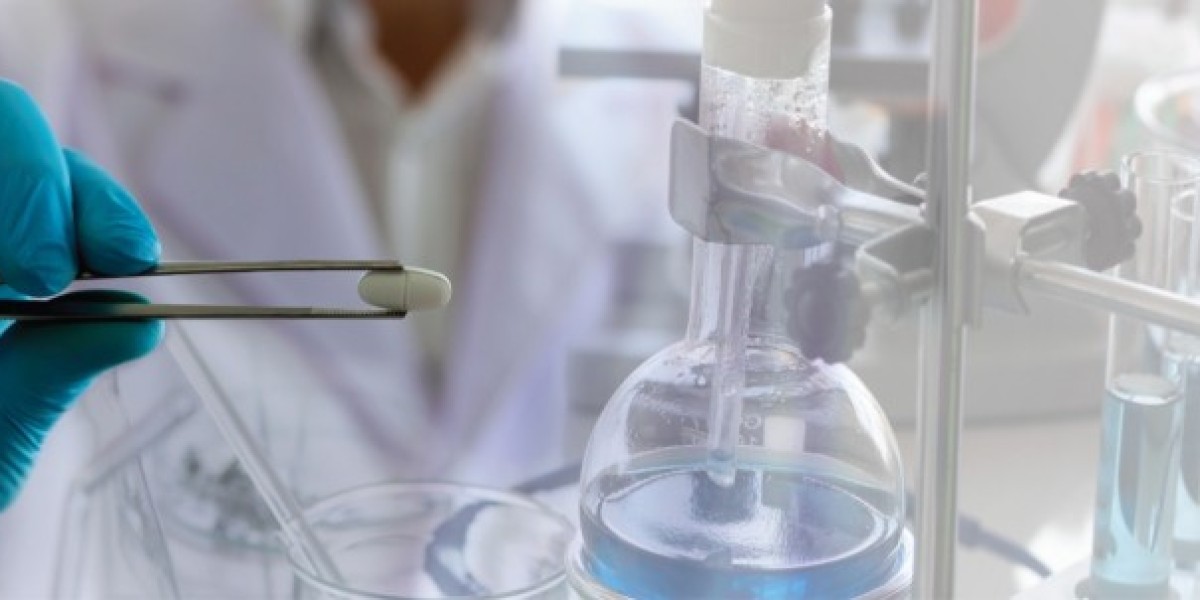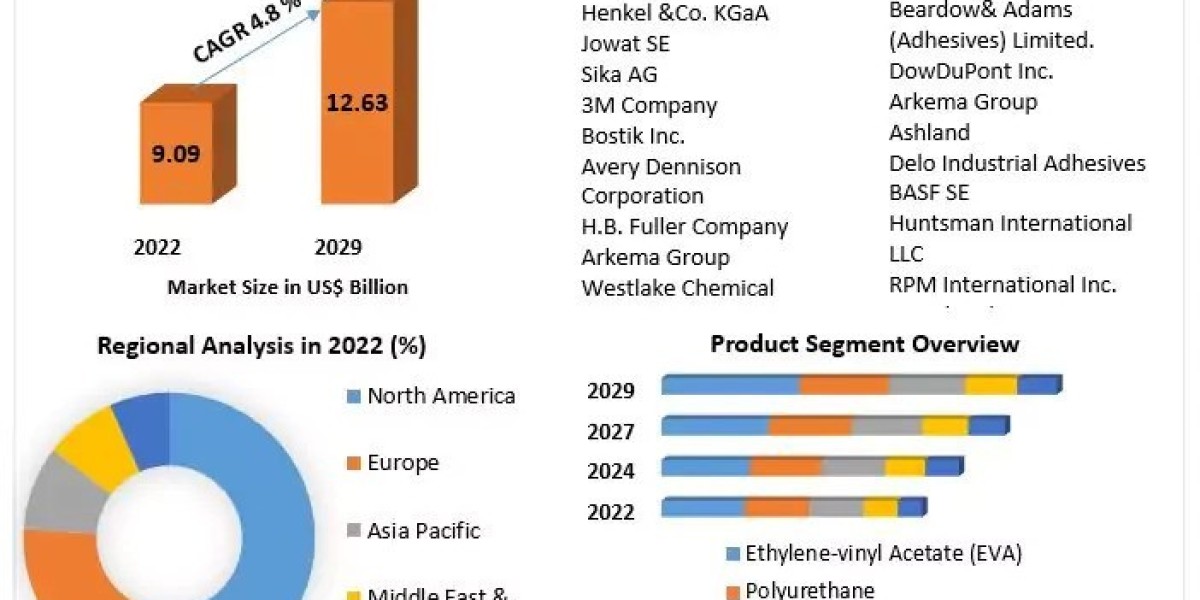Exploring 3D Laser Engraving: Techniques, Best Practices, and Uses
What is Chemical Etching?
Chemical etching, also known as chemical milling or photolithography, is a subtractive manufacturing process used to create intricate designs and precise patterns on metal surfaces. This process involves using a chemical solution, usually an acid or alkaline solution, to remove material from a metal workpiece. Chemical etching is widely used in various industries, including electronics, aerospace, and jewelry, because of its ability to produce detailed and precise parts without the need for expensive tools.
Step-by-Step Process of Chemical Etching
The chemical etching process can be broken down into several key steps: cleaning, applying a resist, exposing the resist to light, developing the resist, etching, and finishing. Let’s explore each of these steps in detail.
1. Cleaning
Before the etching process can begin, the metal surface must be thoroughly cleaned to remove any contaminants such as grease, oil, or oxides. This ensures that the resist adheres properly to the metal surface. Cleaning can be done using various methods, including:
· Solvent Cleaning: Using solvents like acetone or alcohol to dissolve and remove contaminants.
· Ultrasonic Cleaning: Using ultrasonic waves in a cleaning solution to dislodge and remove particles.
· Mechanical Cleaning: Using abrasive materials or brushes to physically remove contaminants.
A clean surface is crucial for achieving a high-quality etch, as any impurities can lead to defects in the final product.
2. Applying a Resist
Once the metal surface is clean, a resist material is applied. The resist is a protective coating that covers the areas of the metal that should not be etched. There are different types of resists, including:
· Photoresist: A light-sensitive material commonly used in the photochemical etching process.
· Screen Printing Resist: A resist applied through a screen-printing process, often used for larger or less detailed designs.
· Laminate Resist: A dry film resist that is laminated onto the metal surface.
The choice of resist depends on the specific requirements of the project, such as the level of detail and the type of metal being etched.
3. Exposing the Resist to Light
For photochemical etching, the next step involves exposing the photoresist to light. This process uses a photomask, which is a transparent plate with the desired pattern opaque on its surface. The photomask is placed over the photoresist-coated metal, and the assembly is exposed to ultraviolet (UV) light. The UV light hardens the photoresist in the exposed areas, creating a protective barrier against the etching solution.
4. Developing the Resist
After exposure, the metal is developed using a chemical developer solution. This step removes the unexposed (soft) areas of the photoresist, revealing the bare metal underneath. The exposed (hardened) areas of the photoresist remain intact, protecting the underlying metal from the etching solution.
5. Etching
With the resist in place, the metal is submerged in an etching solution, typically an acid or alkaline solution that dissolves the exposed metal areas. Common etching solutions include:
· Ferric Chloride (FeCl3): Widely used for etching copper and stainless steel.
· Nitric Acid (HNO3): Used for etching metals like aluminium and magnesium.
· Sodium Hydroxide (NaOH): An alkaline solution used for etching aluminum.
The etching process duration depends on factors such as the type of metal, the concentration of the etching solution, and the desired depth of the etch. The etching solution selectively removes the exposed metal, creating the desired pattern or design.
6. Stripping the Resist
After the etching process is complete, the resist is stripped away to reveal the final etched design. This step involves using a chemical stripper or solvent to dissolve and remove the resist material. Care must be taken to ensure that the stripper does not damage the etched metal.
7. Finishing
The final step in the chemical etching process is finishing. This may involve several post-etching treatments, such as:
· Cleaning: Removing any residual chemicals from the etching process.
· Deburring: Smoothing out any rough edges or burrs created during the etching.
· Surface Treatment: Applying coatings or treatments to enhance the metal’s appearance or performance, such as anodizing, plating, or painting.
Advantages of Chemical Etching
Chemical etching offers several advantages over other manufacturing processes:
· Precision and Accuracy: Capable of producing intricate and highly detailed designs with tight tolerances.
· Cost-Effective: Low tooling costs compared to traditional machining methods.
· Flexibility: Suitable for both prototype and high-volume production runs.
· Material Versatility: Can be used on a wide range of metals, including stainless steel, copper, aluminium, and more.
· No Mechanical Stress: Since it is a non-contact process, there is no mechanical stress on the metal, reducing the risk of deformation.
Applications of Chemical Etching
Chemical etching is used in a variety of industries and applications, such as:
· Electronics: Manufacturing printed circuit boards (PCBs) and electronic components.
· Aerospace: Producing lightweight and precise components for aircraft and spacecraft.
· Medical Devices: Creating intricate and precise parts for medical instruments and implants.
· Jewellery: Crafting detailed designs on metal jewelry pieces.
· Automotive: Fabricating components like fuel injector plates and heat exchangers.
Conclusion
Chemical etching is a versatile and precise manufacturing process that plays a crucial role in many industries. By understanding the step-by-step process, from cleaning and applying a resist to etching and finishing, one can appreciate the intricacy and precision involved in creating detailed metal components. With its numerous advantages, including cost-effectiveness and flexibility, chemical etching remains a valuable technique for producing high-quality metal parts with complex designs.







